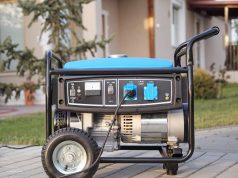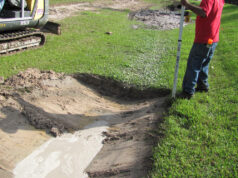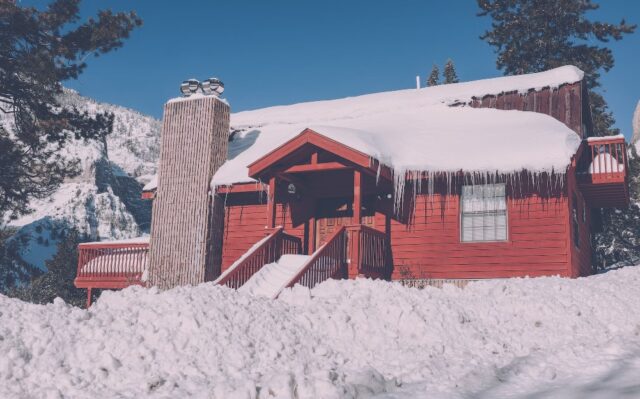
In recent years, the escalation of extreme weather patterns has become a critical concern for homeowners worldwide. Cities like Atlanta are prime examples of this trend, where residents experience a wide range of weather extremes. For instance, Atlanta’s scorching summers see July temperatures averaging 89 degrees, while winters bring January lows averaging 34 degrees. These fluctuations pose significant challenges to maintaining and protecting homes. As extreme weather events become more common, homeowners must adopt strategies that safeguard their properties. This article will explore six essential measures that can be taken to protect homes against the damaging effects of severe weather, ensuring safety and durability no matter what the climate brings.
1. Install Storm Windows and Doors

Installing storm windows and doors is a highly effective way to enhance a home’s resistance to extreme weather. These additions serve as an extra layer of protection against strong winds and heavy rain, which are common in severe weather events. Storm windows and doors are particularly beneficial in areas prone to hurricanes, tornadoes, or heavy storms, as they can prevent wind and water from causing internal damage to the house.
When choosing storm windows and doors, it’s important to select high-quality materials that can withstand the specific challenges of your local climate. Proper installation is also crucial to ensure that they function as intended. In addition to protecting your home, these installations can also improve energy efficiency by providing additional insulation, reducing heating and cooling costs. Incorporating storm windows and doors into your home improvement plan is a proactive step toward safeguarding your property.
2. Reinforce Exterior Siding
The exterior siding of a house is its first line of defense against extreme weather conditions. For homeowners in cities like Atlanta, where weather conditions can be harsh and unpredictable, working with an Atlanta Siding Replacement company can be a crucial step. These professionals can ensure that your home’s siding is robust enough to withstand severe weather. Durable materials like vinyl or fiber cement siding are not only resistant to weather-related wear and tear but also provide excellent insulation, keeping homes cool in summer and warm in winter.
Regular inspections and maintenance are key to keeping your siding in optimal condition. Look for signs of wear, like cracks, warping, or fading, and address these issues promptly. Upgrading to high-quality siding can significantly increase your home’s resilience to extreme weather, from scorching heat waves to cold snaps, protecting both its structural integrity and aesthetic appeal.
3. Upgrade Roofing Materials
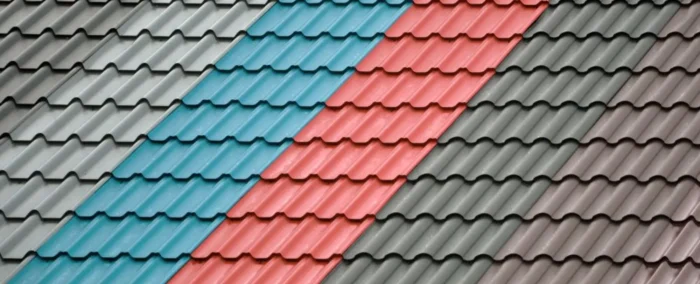
The roofing material is another critical factor in safeguarding a home against extreme weather. In areas prone to severe conditions, traditional roofing materials may not suffice. Upgrading to more durable options, such as metal roofing or impact-resistant shingles, can offer better protection. These materials are designed to withstand high winds, heavy rainfall, and even hail, reducing the risk of damage during storms.
When selecting roofing materials, it’s essential to consider both the climate of your area and the specific needs of your home. A professional roofing contractor can provide valuable advice on the best materials for your situation. Additionally, ensure that your roof is installed correctly and undergoes regular maintenance checks. This way, you can prevent minor issues from escalating into significant problems, especially in the face of harsh weather conditions.
4. Secure Outdoor Objects and Landscaping
Protecting your house from extreme weather isn’t just about fortifying the structure itself; it also involves managing the outdoor space. Securing or storing outdoor objects that can become dangerous projectiles during a storm is a crucial step. These include patio furniture, garden tools, and even children’s play equipment. Anchoring larger items or moving them to a sheltered area can prevent them from being swept up by high winds, potentially causing damage to your home or neighboring properties.
Landscaping also plays a significant role in weatherproofing your home. Strategic planting can serve as a natural barrier against extreme weather. For instance, trees and shrubs that are wind-resistant can shield your home from harsh winds, while proper grading and drainage can prevent flooding issues during heavy rains. However, it’s essential to ensure that trees are healthy and well-maintained, as weak or dead trees can become hazards in themselves during storms.
5. Implement Flood-Proofing Measures
For many areas, especially those prone to heavy rains or near water bodies, flooding is a significant concern. Implementing flood-proofing measures can save a lot of distress and damage. One of the primary strategies is ensuring your home’s foundation and lower levels are safeguarded against water ingress. This can be achieved through waterproof sealants, sump pumps, and even redesigning basement windows and doors to prevent water entry.
Elevating electrical systems, appliances, and heating systems above potential flood levels is another critical consideration. For homes in high-risk areas, more extensive measures like constructing flood barriers or elevating the entire structure might be necessary. Understanding the flood risk in your area and taking proactive steps can greatly minimize the potential damage from flooding.
6. Create an Emergency Response Plan

Having an emergency response plan is essential, particularly in regions prone to extreme weather conditions. This plan should include a list of actions to be taken in the event of different types of severe weather, such as hurricanes, floods, or blizzards. Your plan should detail evacuation routes, emergency contact information, and the location of emergency supplies like food, water, first aid kits, and portable generators.
Preparing an emergency kit that includes important items like water, non-perishable food, essential medications, flashlights, batteries, and blankets can be a lifesaver during severe weather events. It’s also important to stay informed about the latest weather forecasts and warnings and know when to evacuate if necessary. Having insurance coverage that adequately covers weather-related damages is also a part of a good emergency response plan, providing financial protection against potential losses.
Conclusion
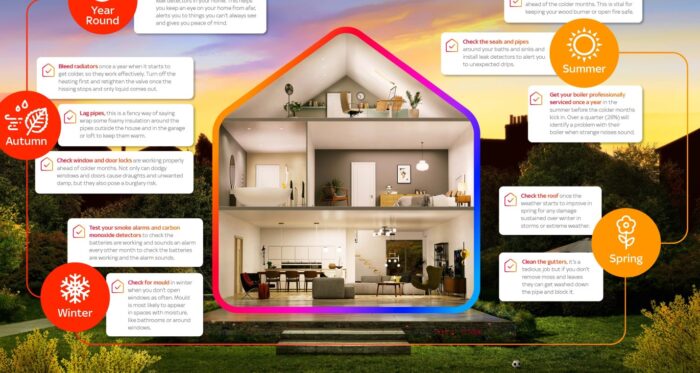
The increasing frequency and intensity of extreme weather events require homeowners to be more proactive in protecting their properties. From reinforcing exterior siding and roofing to installing storm windows and doors, securing outdoor objects, implementing flood-proofing measures, and creating an emergency response plan, each strategy plays a crucial role in safeguarding your home. Taking these steps not only provides peace of mind but can also save significant costs in repairs and replacements. As we adapt to a changing climate, these measures become increasingly important in ensuring our homes remain safe and resilient sanctuaries, no matter what the weather brings.


